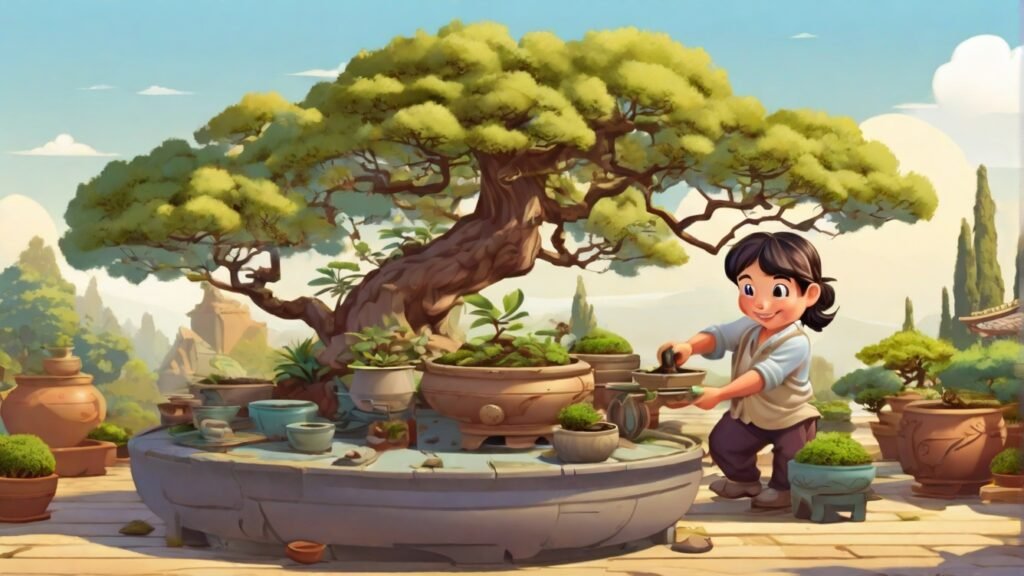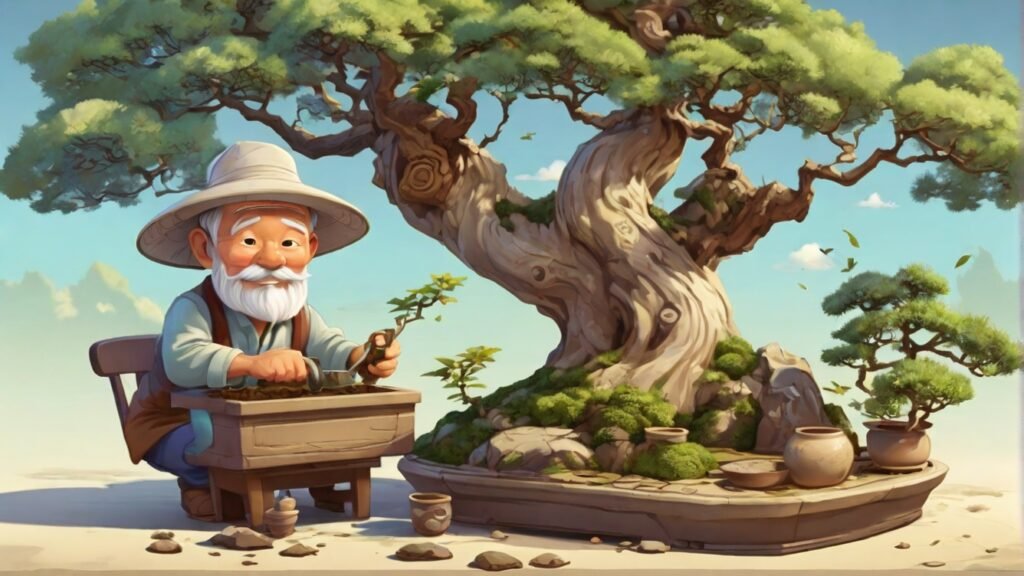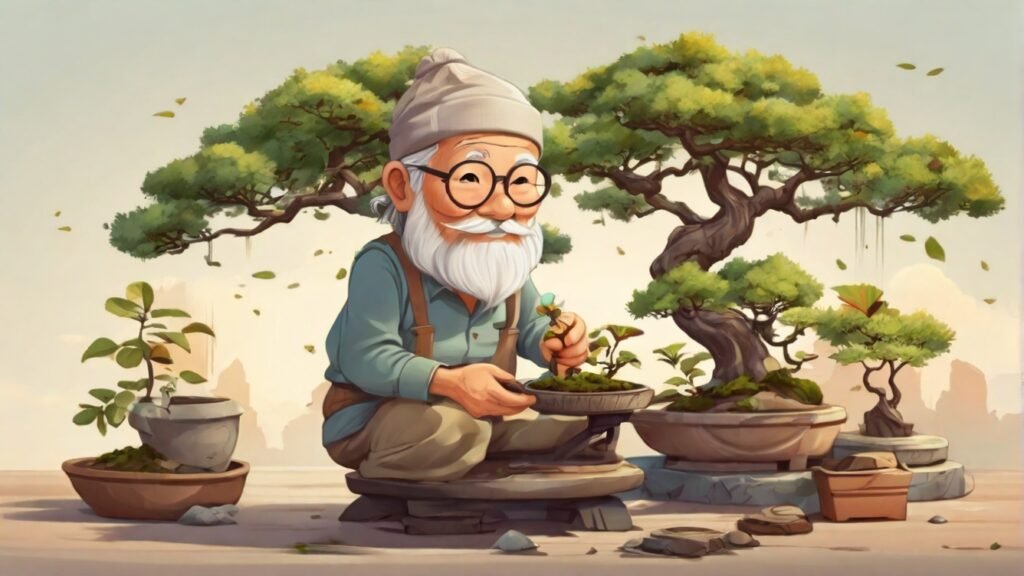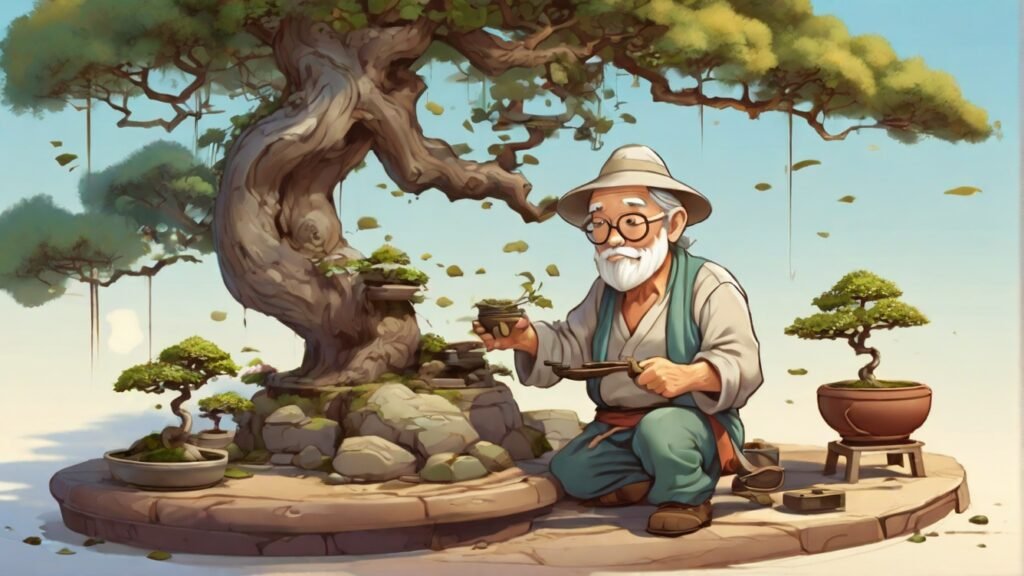Introduction

Did you know about the Quaking Aspen Bonsai? It’s a beautiful miniature tree that’s an actual work of art. The Quaking Aspen is a deciduous bonsai with delicate leaves and smooth, black bark. It’s a resilient and adaptable tree, making it a versatile choice for bonsai enthusiasts nationwide.
The Quaking Aspen is a native tree species in North America, specifically popular in the Colorado Rocky Mountains. It represents strength and adaptability due to its ability to blossom in various conditions, which is highly respected in bonsai.
If you’re interested in growing a Quaking Aspen Bonsai at home, it’s important to remember that it’s a living work of art that requires attention and care. However, with the proper knowledge and techniques, you can cultivate and enjoy this beautiful tree in your home or garden.
| Quaking Aspen Bonsai Characteristics | Details |
|---|---|
| Tree Type | Broadleaf Deciduous Bonsai |
| Bark | Smooth, Black |
| Leaf Type | Delicate |
| Cultivation | High Water Mobility Techniques |
| Ideal Environment | Cool, Northern Climates |
| Temperature Tolerance | Up to 85°F, bring indoors if temperature falls to 15°F or lower |
| Sunlight Requirement | Full Sun in Spring and Fall, Shade in Summer |
| Soil Condition | Should stay damp, never fully dry out |
| Fertilization | Light to Moderate |

Characteristics of the Quaking Aspen Bonsai

The Quaking Aspen Bonsai stands out among bonsai species due to its unique features.
- Iconic White Bark: The Quaking Aspen Bonsai is known for its unique white bark, which makes it stand out among other bonsai trees.
- Vibrant Yellow Leaves: The Quaking Aspen Bonsai’s leaves turn yellow in the fall, making it a colorful addition to any bonsai collection.
- Intriguing Bark Patterns: The bonsai tree has interesting bark patterns that add texture and depth, making it visually appealing.
Caring for a Quaking Aspen Bonsai

Quaking Aspen Bonsai is a unique and captivating type of bonsai tree that requires specific care to thrive. Here’s a guide on how to properly care for it:
Watering: Proper watering is crucial for your Quaking Aspen Bonsai’s health. Avoid over or under-watering and maintain a balance. Keep the soil damp but not waterlogged.
Soil and Repotting: Repot the Quaking Aspen Bonsai every 2-3 years in well-draining soil for optimal growth.
Pruning and Shaping: Regular pruning and shaping are necessary to maintain the desired form of your Quaking Aspen Bonsai and promote healthier growth. This also helps to control the tree’s size.
Location and Sunlight: The Quaking Aspen Bonsai thrives in a sunny spot, but avoid exposing it to extreme heat. Aim for a location that receives ample sunlight but not direct afternoon sun.
Fertilizing: During the growing season, feed your Quaking Aspen Bonsai with a balanced bonsai fertilizer to provide the necessary nutrients for its growth.
Common Challenges and How to Overcome Them
Taking care of your Quaking Aspen Bonsai can sometimes be challenging, but don’t worry. With a little bit of effort, you can overcome any barrier that comes your way. Here are some tips to help you deal with everyday challenges:
- Inspect your bonsai regularly and use pest control measures if you notice pests.
- Keep your bonsai clean and well-ventilated to prevent diseases, and seek timely treatment.
- If your bonsai is experiencing environmental stress due to extreme weather, try to provide optimal growing conditions and protect it from harsh conditions.
Common Diseases and Remedies for Quaking Aspen Bonsai Trees
Like any other plant, quaking aspen (Populus tremuloides) bonsai can be susceptible to various diseases. Here are some common diseases that may affect quaking aspen bonsai and general Remedies on how to overcome them:

- Rust Diseases:
- Signs: Rust diseases cause yellow-orange lesions on leaves and premature leaf drop.
- Remedy: Use fungicides with copper or neem oil to control rust diseases. Proper spacing between plants is essential for air circulation.
- Canker Diseases:
- Signs: Sunken, discolored areas on the bark, known as cankers, can cause branch dieback.
- Remedy: Cut out damaged branches, use fungicide to stop the spread, and water the tree properly to reduce stress.
- Leaf Spot Diseases:
- Signs: Circular dark spots on leaves with yellow halos can identify leaf spot diseases.
- Remedy: Remove damaged leaves and use fungicides as a precaution during the growing period. To lessen leaf humidity, avoid watering from above.
- Powdery Mildew:
- Signs: Leaves have white powder and shapeless growth.
- Remedy: To fight fungal growth on plants, improve air circulation, reduce humidity, use fungicides such as sulfur or neem oil, prune affected areas, and maintain proper spacing between plants.
- Bacterial Canker:
- Signs: Branches with sunken, dark lesions that ooze sap.
- Remedy: Cut infected branches below the canker and use a copper-based bactericide. Keep good sanitation practices to avoid the spread of bacteria.
- Root Rot:
- Signs: Plants showing wilting, yellowing, and stunted growth may have brown and mushy roots.
- Remedy: To prevent waterlogging and improve soil drainage. Repot the bonsai using fresh, well-draining soil. If root rot is severe, use fungicides.
Final Thoughts on the Quaking Aspen Bonsai
The Quaking Aspen Bonsai is a unique and captivating subject for bonsai cultivation. While it poses some challenges, success stories prove that proper care can be rewarding. To care for a Quaking Aspen Bonsai, ensure balanced watering, well-draining soil, ample sunlight, regular pruning, timely fertilization, and management against pests and diseases. Be patient and persistent, and enjoy the rewarding experience of exploring the art of bonsai with these various tree species.
Frequently Asked Questions (FAQs)
What are the different species of trees suitable for bonsai?
Multiple species of trees are suitable for bonsai cultivation, each with unique characteristics and care requirements. Some popular choices include the Quaking Aspen, Juniper, Maple, and Pine trees.
What are the different styles of bonsai?
Bonsai styles refer to the form and structure of the tree. Some common styles include upright, slanting, cascade, semi-cascade, literati, and group planting. The style chosen often depends on the natural growth habit of the tree.
What techniques are essential for bonsai cultivation?
Key techniques for successful bonsai cultivation include proper watering, pruning, wiring, repotting, and pest control. Each technique requires specific skills and knowledge, which can be acquired through practice and learning.
What tools are necessary for bonsai care?
Essential bonsai tools include pruning shears, wire cutters, root hooks, knob cutters, and bonsai turntables. These tools help you trim, wire, and repot your bonsai.
What resources are available for learning about bonsai?
Numerous resources are available to learn about bonsai, including books, online tutorials, workshops, and clubs. These resources can provide knowledge and practical tips for beginners and experienced bonsai enthusiasts.
Where can I see bonsai trees in person?
Bonsai trees can be viewed at various galleries, shows, and events. These venues provide an opportunity to see various bonsai trees and styles and often feature demonstrations and workshops.
Further Reading and Resources
- Mastering the Art of Douglas Fir Bonsai: A Comprehensive Guide
- Exploring the Eastern Red Cedar as a Bonsai Choice
- The Revolutionary Practice of Hydroponic Bonsai: A Comprehensive Guide
- The Art and Science of Cultivating Honey Locust Bonsai: A Comprehensive Guide
- The Asparagus Fern Bonsai: A Unique Blend of Art and Horticulture
- Mastering Plumeria Bonsai: A Comprehensive Guide to Growing, Pruning, and Caring for Your Unique





